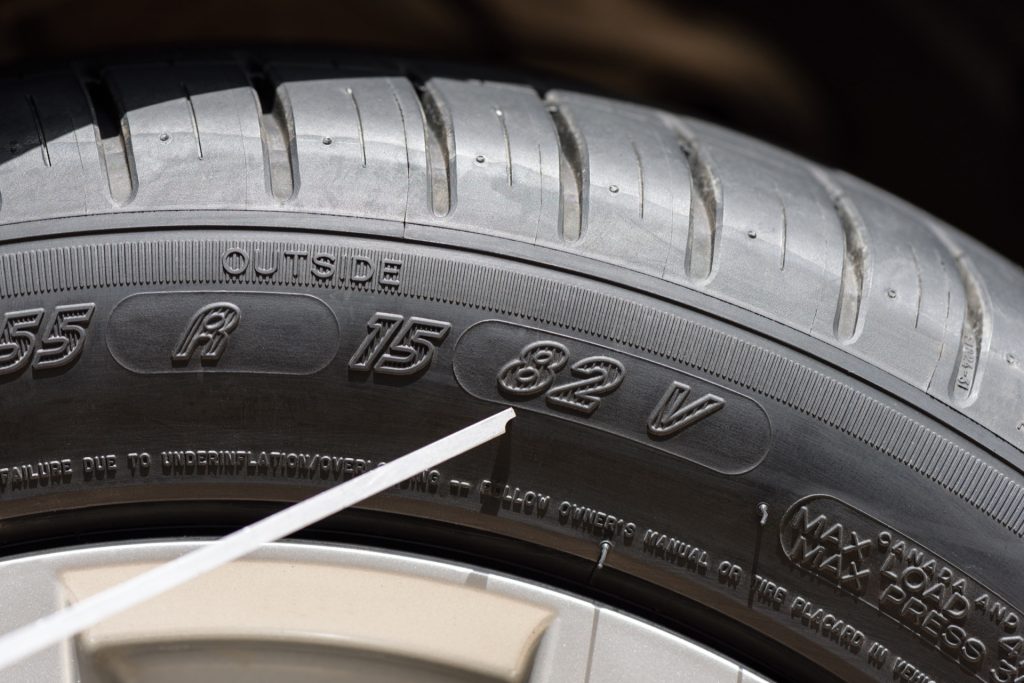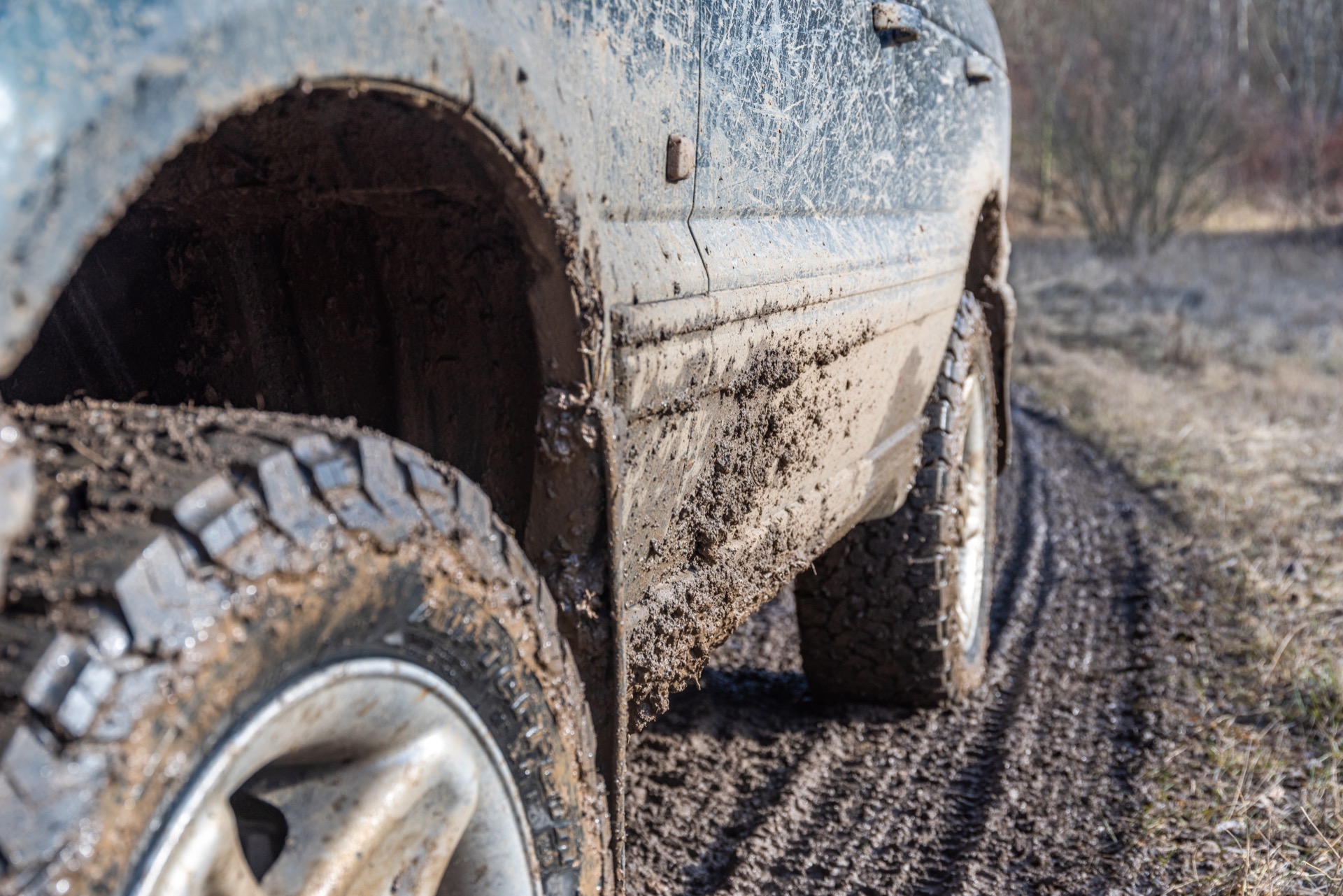Tires of today have many different ways to help keep us safe on the road and part of their design including speed ratings. What is a speed rating on tires?
Glad you asked, simply put, a tire speed rating is the maximum speed a tire can go that can safely carry a load (which is calculated as the vehicle’s weight on its own plus any additional cargo) for a sustained amount of time in the best conditions.
These ratings are important because they prevent tire blowout.
No, that’s not a large sale on tires, but your tires literally exploding. Obviously, that’s not something anyone wants to deal with while driving down the highway at high speed.
What Is the Speed Rating on My Tires?
To find out what speed rating your tires have you first need to look at your tires themselves. A tire’s speed rating is always moulded on the sidewall of the tire. It will include either a letter or two or a letter and a number. Typically, you can find this letter right beside the load index number.
Tire speed ratings follow this kind of weird system (below) where later in the alphabet generally means higher speed, but some letters don’t really fit. The higher the speed rating of a tire the hotter the tire can also safely get.
The “H” is notably out of place because it was part of the original tire speed rating system before it was updated and for whatever reason wasn’t reclassified as another letter and still holds the same speed rating as it did in the original system.
| SPEED SYMBOL | SPEED (KM/H) | SPEED SYMBOL | SPEED (KM/H) | SPEED SYMBOL | SPEED (KM/H) |
| A1 | 5 | E | 70 | S | 180 |
| A2 | 10 | F | 80 | T | 190 |
| A3 | 15 | G | 90 | H | 210 |
| A4 | 20 | J | 100 | V | 240 |
| A5 | 25 | K | 110 | W | 270 |
| A6 | 30 | L | 120 | Y | 300 |
| A7 | 35 | M | 130 | Z | 240+ |
| A8 | 40 | N | 140 | ||
| B | 50 | P | 150 | ||
| C | 60 | Q | 160 | ||
| D | 65 | R | 170 |
What Speed Rating Should I Be Looking For?
When it comes to choosing a tire based on its speed rating there are a couple of things to look out for.
The most common ratings are S and T (sedans, minivans, light trucks); H (some passenger cars, sports cars, coupes, some light trucks); N, P, Q and R (light trucks); and V, W and Y (high-performance cars). Most winter tires have Q, S or T speed ratings.
For commuters and daily driving S or T rated tires will be perfectly fine. Remember, a tire’s speed rating is considered “ideal conditions” in most cases your actual safe top speed will be less than that of your speed rating.
You should also never mix and match tires with different speed ratings. This is because this can affect your traction, especially in wet conditions.
Does Speed Rating Matter for Better Handling?
Although tires with the highest possible speed rating might seem like the best choice there are advantages and disadvantages to take into account.
Tires with a higher speed rating will often have better cornering, stopping power and more responsive steering. However, they have softer rubber compounds and are made to be stiffer. This translates into a less comfortable or smooth ride and worse performance in cold weather. Tires with a higher speed rating will also have a shorter tread life, especially when consistently driven at low speeds.
Overall, tire speed ratings are a great way to keep you safe and more easily find and choose the tire that’s perfect for your driving needs.


